While Chardonnay tends not to be the first wine I reach for come mealtime, there’s a pair of French offerings below that piqued my palate.
Here’s a little background on one of those producers, Cave de Lugny, a new addition to the LCBO’s General List. Nine hundred or so years ago, the de Lugny family were powerbrokers in the southern Burgundy region of Lugny, when Robert de Lugny served as both local bishop and president of the Burgundy parliament. The family’s domaines and chateaux dotted the landscape where the Cave de Lugny vineyards stand today—the Mâconnais countryside in southern Burgundy. With 1,244 hectares spread over 26 villages in 201 estates, they’re the leading producer of the Mâcon-Villages, Mâcon-Lugny and Mâcon Chardonnay appellations (they’re also the original producers of Bouchard Pére & Fils Mâcon-Lugny Saint-Pierre and Bouchard Père & Fils Bourgogne Pinot Noir, both category leaders at the LCBO).
Sustainability is a very big deal to these folks, with all their wines certified “Sustainable Winegrowing.” And while they’re vegan-friendly too, Cave de Lugny could also hang the sign “No trees were harmed in the making of our wines,” as all their products are fermented and aged in steel vats only. And with a nod to the demands of modern wine drinkers, the winery is also developing a no-sulphite vinification range!
Here’s a look at two of their new LCBO listings, as well as two others—a Spanish red blend and other French white—that will make their appearance in stores tomorrow.
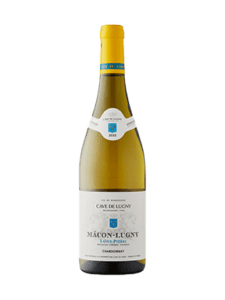 Cave de Lugny 2021 Pinot Noir — Burgundy, France ($24.95)
Cave de Lugny 2021 Pinot Noir — Burgundy, France ($24.95)
Raspberry, strawberry and redcurrants on the nose, but with a layer of character missing, including the perfume that one would typically associate with Pinot. From glass to palate, it’s juicy with light tannins, but, again, a little thin for most Pinot fans. 86
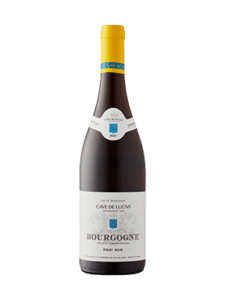 Cave de Lugny Mâcon-Lugny Saint-Pierre 2022 Chardonnay — Burgundy, France ($24.95)
Cave de Lugny Mâcon-Lugny Saint-Pierre 2022 Chardonnay — Burgundy, France ($24.95)
Fermented and aged in steel, this unadulterated Chardonnay draws from the maturity of 30-year-old vines and its near-century of winemaking heritage. A floral honeyed lemon and lime greets the nose, with a strain of minerality that persists from the first smooth sip through to a finish highlighted by zesty orange and lemon hints. There’s five years of aging potential too. Solid stuff here, and certainly a good bet for those who traditionally shun the grape. Pair it up with goat cheese salad, appetizers, seafood and chicken. 89
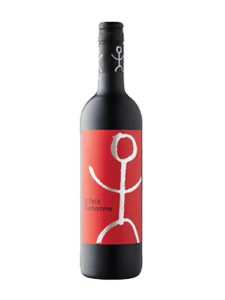 El Petit Bonhomme 2020 — Spain ($16.95)
El Petit Bonhomme 2020 — Spain ($16.95)
This bold blend of Monastrell, Garnacha and Syrah seems to improve by the vintage—this being my favourite to date. It features tart cherry, red currant and pepper, but ventures into darker fruit territory (blackberry), with leather and forest floor notes. Its 14.5% abv. should provide a high buzz factor, given its dangerously drinkability—particularly since that higher alcohol is not obvious at first blush—well, first nose, anyway. Tannins are medium+. The value is medium+ as well. 89
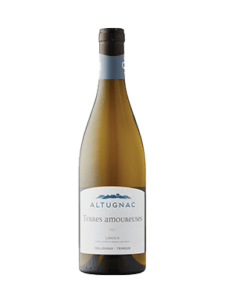 Altugnac Terres Amoureuses 2021 ($26.95) — France
Altugnac Terres Amoureuses 2021 ($26.95) — France
From 50-year-old vines grown on the southeastern facing slopes of the Pyrenees, this is Chardonnay dominant with a splash of Mauzac (a white grape known for its tart green apple notes that is pretty much exclusively grown in southwest France). The nose is rather complex—slightly underripe pear and apricot, along with aromas of white flowers, lime skin and plenty of minerality. The abv. of 13.5% is well concealed in the glass. While it features a dry 2 g/L of residual sugar, and with nice acids and a lemony brace on the mid-palate to get you drooling, there’s also ample texture imparted by the 10-12 months of oak aging. A finely balanced wine—and a very good one for people who claim not to like Chardonnay. 91


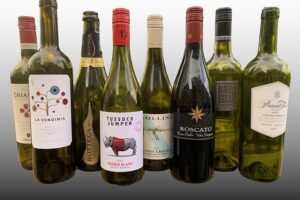

Leave a Reply
Your email is safe with us.